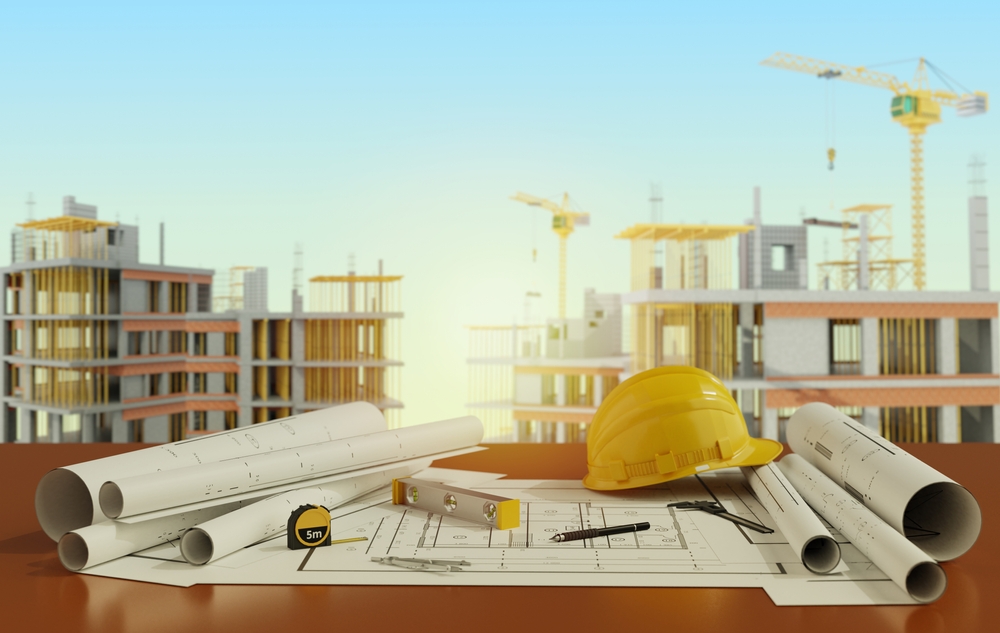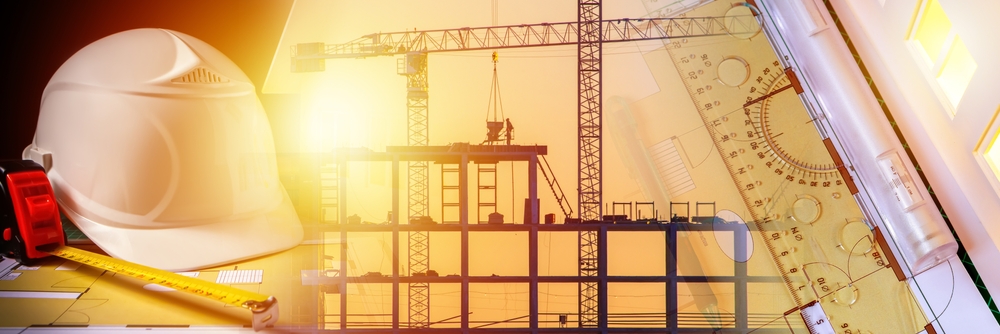The Role of IoT in Modern Building Technologies
The Role of IoT in Modern Building Technologies

The Internet of Things (IoT) has become a pivotal force in modern building technologies, revolutionizing how buildings are managed and operated. By connecting various devices and systems, IoT enhances efficiency, comfort, and security within buildings. This blog delves into the role of IoT in building technologies, exploring its impact on different aspects of building management and its benefits for both residential and commercial properties.
What is IoT in Building Technologies?
1. Definition of IoT: The Internet of Things (IoT) refers to the network of interconnected devices and systems that communicate with each other via the internet. In the context of building technologies, IoT involves the integration of smart devices, sensors, and systems that collect, transmit, and analyze data to optimize building operations.
2. Components of IoT in Buildings:
- Sensors: Collect data on various parameters such as temperature, humidity, light levels, and occupancy.
- Actuators: Control building systems like HVAC, lighting, and security based on sensor data.
- Control Systems: Use data from sensors and actuators to manage building operations and make real-time adjustments.
- Data Analytics: Analyze collected data to gain insights, predict trends, and optimize performance.
Enhancing Building Efficiency with IoT
1. Energy Management: IoT technology enables sophisticated energy management by integrating smart meters, thermostats, and lighting controls. These devices provide real-time data on energy consumption, allowing building managers to monitor and optimize energy use. For example, smart thermostats can adjust heating and cooling based on occupancy patterns, reducing energy waste and lowering utility costs.
2. HVAC Optimization: Heating, ventilation, and air conditioning (HVAC) systems are crucial for maintaining indoor comfort. IoT-enabled HVAC systems use sensors to monitor temperature and air quality, adjusting settings to optimize performance. This not only enhances comfort but also improves energy efficiency by reducing unnecessary heating or cooling.
3. Lighting Control: Smart lighting systems equipped with IoT sensors can automatically adjust lighting levels based on natural light, occupancy, or time of day. This dynamic control reduces energy consumption and enhances the overall lighting experience for occupants. For instance, motion sensors can turn off lights in unoccupied rooms, while daylight sensors adjust artificial lighting in response to natural light levels.

Improving Security with IoT
1. Surveillance Systems: IoT-based surveillance systems provide real-time video monitoring and alerts. Smart cameras with motion detection and facial recognition capabilities enhance security by identifying and responding to potential threats. Integration with other building systems allows for automated responses, such as locking doors or notifying security personnel.
2. Access Control: IoT-enabled access control systems offer advanced features like biometric authentication, smart cards, and remote access management. These systems provide enhanced security by controlling and monitoring who enters and exits the building. Real-time data on access patterns can help identify and address security vulnerabilities.
3. Alarm Systems: Smart alarm systems integrate with other building technologies to provide comprehensive security coverage. IoT sensors can detect smoke, fire, or gas leaks and trigger alarms, notifications, or automatic responses like activating sprinkler systems. These systems improve safety and ensure a rapid response to emergencies.
Enhancing Building Management with IoT
1. Predictive Maintenance: IoT sensors can monitor the condition of building systems and equipment, providing data for predictive maintenance. By analyzing data trends, building managers can identify potential issues before they escalate, reducing downtime and maintenance costs. For example, sensors can track the performance of HVAC systems, alerting managers to potential failures before they impact building operations.
2. Space Utilization: IoT technology helps optimize space utilization by monitoring occupancy and usage patterns. Data from sensors can reveal how different areas of the building are used, allowing for better space planning and allocation. This information can lead to more efficient layouts and improved use of available space.
3. Environmental Monitoring: IoT sensors can track indoor environmental conditions such as temperature, humidity, and air quality. This data helps maintain a comfortable and healthy indoor environment for occupants. For example, sensors can detect high levels of CO2 or allergens and trigger ventilation systems to improve air quality.
The Future of IoT in Building Technologies
1. Integration with AI and Machine Learning: The future of IoT in building technologies includes greater integration with artificial intelligence (AI) and machine learning. These technologies will enable more advanced data analysis, predictive analytics, and automation. AI algorithms can optimize building systems based on historical data and real-time inputs, leading to even greater efficiency and comfort.
2. Expansion of Smart Building Ecosystems: As IoT technology continues to evolve, the scope of smart building ecosystems will expand. Integration with other smart city technologies will create interconnected environments where buildings, transportation systems, and infrastructure work together seamlessly. This holistic approach will enhance overall urban living and sustainability.
3. Enhanced User Experience: The continued development of IoT technologies will focus on improving user experience by providing more personalized and responsive building environments. Smart building systems will become more intuitive and adaptive, offering tailored solutions to meet the specific needs and preferences of occupants.
Conclusion
The role of IoT in modern building technologies is transformative, offering enhanced efficiency, security, and management capabilities. From energy optimization and smart lighting to advanced security systems and predictive maintenance, IoT is revolutionizing how buildings are operated and experienced. As technology continues to advance, the integration of IoT will further shape the future of building technologies and urban living.
For more insights on building technologies and their impact, visit Smart Building Technologies and IoT in Building Management. To explore how IoT can benefit your building project, contact AMS India.
Read more related articles to enhance your knowledge and make informed decisions
10 Essential Steps in the Building Construction Process
How to Choose the Right Materials for Your Construction Project








